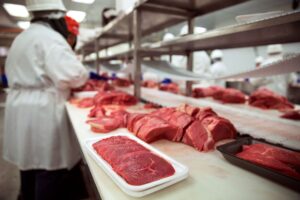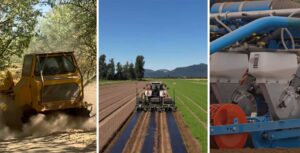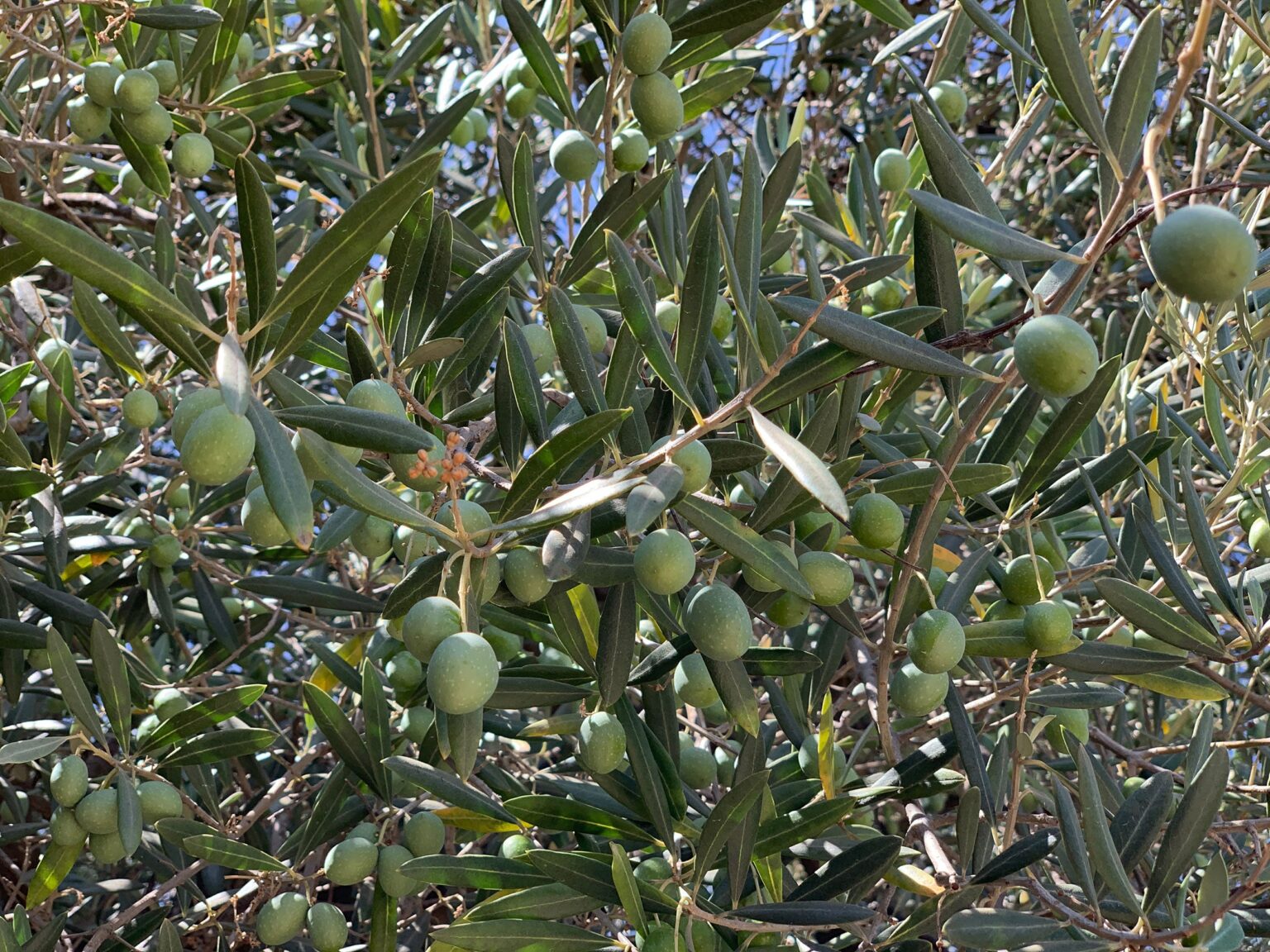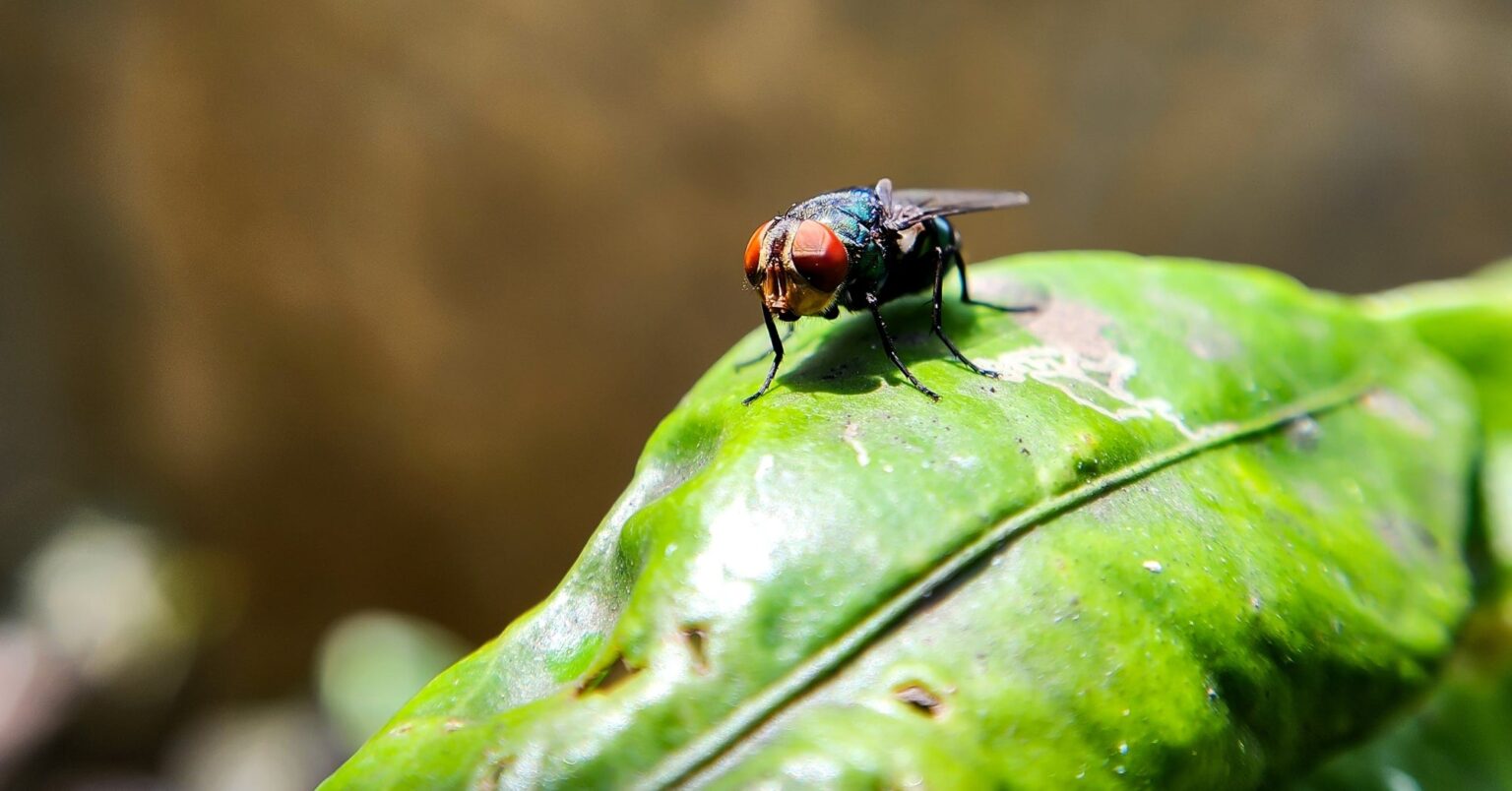Subscribe to Updates
Get the latest agriculture news and updates directly to your inbox.
Author: staff
The longest government shutdown in American history is over. President Donald Trump has signed into law legislation that will fully fund USDA and the FDA through the rest of the new fiscal year. Agri-Pulse Newsmakers asked Tennessee Rep. John Rose about why the new continuing resolution is important for agriculture. He also shared his thoughts on what’s at stake for agriculture in a ruling from the Supreme Court over whether the president properly used a 1977 law to impose tariffs on countries across the globe. Then, Tom Sell with Combest, Sell & Associates and Anne MacMillan with Invariant discussed when…
by Brandon Kingdollar For Hannah DeLange, the most rewarding part of managing Redhead Hemp’s Durham location has been “creating a space for people to feel comfortable and confident” — crafting an inviting social setting much like a coffee shop or bar. The shelves are lined with CBD gummies, Delta-9 sangrias, and THC caramels, among a host of other drinks and candies with promises like “sleep with benefits” and “lower calories, higher vibes.” The shop interior has a cozy feel, with plants lining brick walls flush with brightly colored artwork, and plush sofas and chairs to relax on. At the store’s…
The U.S. Drought Monitor reported mostly dry weather this week across the Great Plains, Minnesota, and Wisconsin, the south-central U.S. and the Southwest. Parts of the Northwest received moderate to heavy precipitation amounts, with northern California northward into the Pacific Northwest receiving amounts locally over 3 inches. Reports of locally higher precipitation amounts fell in the Northeast and in portions of the Great Lakes region, including heavy lake-effect snow in north-central and northwest Indiana. Midwest Comparison of Midwest drought conditions from May 6 and November 11 with a statistical table showing changes in severity levels. The Midwest received varied precipitation.…
By Robin Opsahl Gov. Kim Reynolds and Iowa State University President Wendy Wintersteen celebrated the expansion of bioindustrial manufacturing in Iowa as they joined executives of BioMADE at the ISU BioCentury Research Farm Friday for a groundbreaking ceremony. The event celebrated the kickoff of the $40 million project to bring BioMADE, a Manufacturing Innovation Institute backed by the U.S. Department of Defense, to the ISU facility. The Iowa facility was funded using $10 million from the Iowa Economic Development Authority, $10 million from ISU and $20 million from BioMADE, in addition to receiving support from the U.S. Department of Defense. The…
Rows of tightly packed olive trees stretch across California’s Central Valley. These super-high-density orchards, where trees are planted close together for faster, mechanized harvesting, can grow strong with less fertilizer than expected, according to new research from the University of California, Davis. The study — titled Compost application and reduced synthetic nitrogen fertilization promote sustainable olive production in super-high-density orchards and published in the journal Agronomy for Sustainable Development — tested how different levels of nitrogen fertilizer and compost affected tree growth, yield and olive oil quality. The two-year field experiment, conducted with local growers in Woodland and near Stockton, found…
Following a tight year for the ag economy — when every dollar mattered — now is a good time to take inventory on the technology you have and identify which upgrades would provide the best eturn on investment. Tech Audit Checklist Bryce Baker, North American tactical marketing lead for Precision Planting, suggested some upgrades farmers should invest in. Autonomous functions, such as grain cart duties and tillage, started making their way into farming operations this year and should only see more development as time goes on, with autonomous corn and soybean planting likely coming in the next couple of years.…
By Ryan Hanrahan Reuters’ Karl Plume and Julie Ingwersen reported that “a crop data blackout during the longest-ever U.S. government shutdown has led to the widest range of analyst estimates in a decade for corn and soybean yields, as an information vacuum at harvest time and during critical trade negotiations distorted the market for the country’s two most valuable crops.” “The U.S. government reopened on Thursday after the 43-day shutdown. On Friday, the U.S. Department of Agriculture is set to release a hotly anticipated crop report, including the government’s first estimates of the two feed crops since mid-September, before the…
By Jennifer Shutt, Ariana Figueroa, and Shauneen Miranda This report has been updated. WASHINGTON — The longest shutdown in U.S. history ended Wednesday night when President Donald Trump signed a spending package that reopens the government and funds most of it through January. The Oval Office ceremony came just hours after the House voted to approve the legislation, which senators passed earlier in the week. “I hope we can all agree that the government should never be shut down again,” Trump said, before urging Senate Republicans to eliminate the rule that requires bills to garner the support of at least…
By Ana Mano SAO PAULO, Nov. 13 (Reuters) – Brazil’s Conab said the country will reap a record soybean crop of 177.6 million tons in the 2025/2026 harvest year, according to data released on Thursday. The world’s largest soy producer and exporter is also expected to ship an unprecedented 112.1 million tons to China and other nations, up 5.11% from the previous crop year, the Conab crop agency added. The U.S., one of Brazil’s main competitors along with Argentina, is expected to export less soy in the coming months. “With the projected reduction in U.S. exports, the increase in global…
The U.S. Department of Agriculture has opened a new sterile fly dispersal facility in Tampico, Mexico, giving the agency a strategically placed hub to release sterile New World screw worm flies by air across northeastern Mexico, including Nuevo León. “The opening of the Tampico sterile fly dispersal facility is another incredibly important tool in our arsenal to stop the spread of screwworm. The facility will ensure flexibility and responsiveness in northern Mexico, giving us a greater ability to drop sterile flies and continue to push the pest south,” said U.S. Secretary of Agriculture Brooke L. Rollins. “Stopping the spread of…







:max_bytes(150000):strip_icc()/6895916340_5f396535f9_o-972ad5a673d34233ba418fcaee4f3f33.jpg)
:max_bytes(150000):strip_icc()/50887088248_8702e49156_o-2-2000-c4d93817d27d4a1aa804c07afd06f145.jpg)
:max_bytes(150000):strip_icc()/CombineHarvestingSoybeans-MediumShot-1-2000-3c4824481cd24341a1466a26271affbd.jpg)
:max_bytes(150000):strip_icc()/biomade2-2048x1536-d54c7ddb16994ba0b55a747168e5d949.jpg)

:max_bytes(150000):strip_icc()/Elsingfarmtractor-JessiSchoville-6ae176703224437bb7e9f51fa086216e.jpeg)
:max_bytes(150000):strip_icc()/10637312626_f9a2afa7b9_o-59de0aca0b374820973869aa10a158e2.jpg)
:max_bytes(150000):strip_icc()/BloombergContributor-2245873075-6175e04a34c4400fa699ba18ba0e2681.jpg)
:max_bytes(150000):strip_icc()/25547soybeans_soybeans-e656ee222fe341899050fb39e7a1cffe.jpg)
